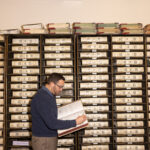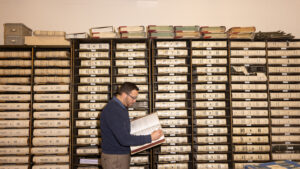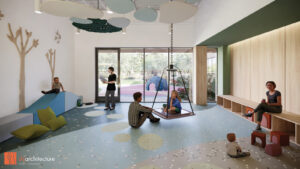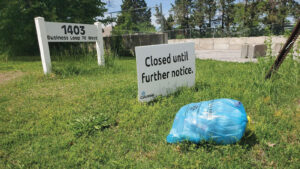Reactor facility expansion is next move in groundbreaking cancer research and treatment
More than 1.5 million cancer patients benefit from medical isotopes produced at the MU Research Reactor (MURR) each year, and those benefits are expected to multiply exponentially with a 47,000-square-foot addition to the facility.
MURR is already the most powerful university research reactor in the United States, operating at 10 megawatts, 24 hours a day, 6.5 days a week, 52 weeks a year.
Gov. Mike Parson, UM President Mun Choi, and Matt Sanford, MURR executive director, were among the state and local officials on hand Monday afternoon for an official groundbreaking ceremony, although the construction project is already under way. The $20 million, three-story addition, known as MURR West, will expand the research center’s production and laboratory space. MURR produces radioisotopes used in drugs to fight four kinds of cancer.
“The new MURR West facility will drive even more research and development that will improve and save lives,” Choi said. “This facility will significantly increase radioisotope productions to treat citizens of Missouri and the nation.”
UM Board of Curators Chair Michael Williams said MURR is the only facility in the country that produces four medical isotopes used in lifesaving treatments for liver, thyroid, pancreatic, and prostate cancer.
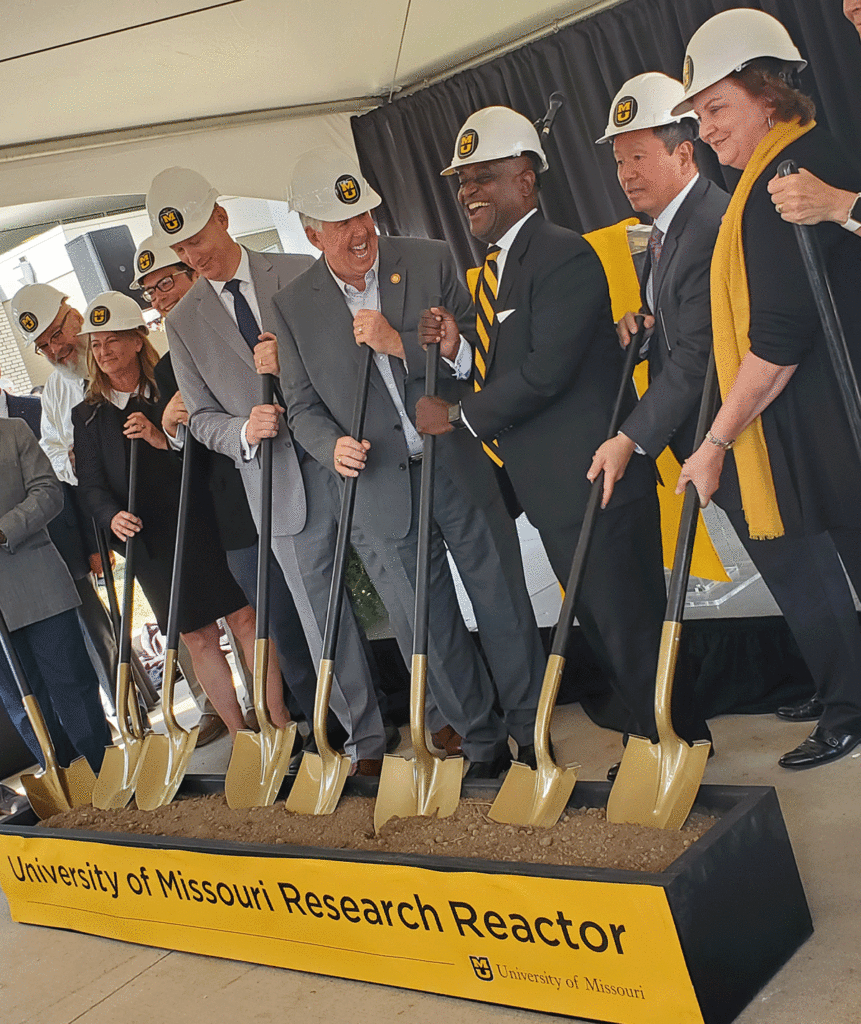
“This new addition expands our ability to improve the lives of Missourians and patients around the country,” Williams said.
The expansion, scheduled for completion in fall 2024, will also enable more collaboration with industry partners and will provide additional space for a growing workforce.
A news release that outlined the project said the first floor will provide 16,000 square feet for research initiatives, medical isotope production, and collaborative projects with researchers at MU and industry partners. The second and third floors provide space for employees currently working in temporary buildings, manufacturing support, research and development, regulatory documents and records, and shell space for future expansion.
Sanford said the MURR West addition is just one step in the university’s plan to grow and meet the increasing demand for radiopharmaceuticals. He said construction of a second, state-of-the-art reactor in the next eight to 10 years at the Discovery Ridge research area will further add to MURR’s research and isotope production capabilities.
“I’ve seen a number of investments and improvements, but this is by far the most substantial to date,” Sanford said, reflecting on MURR’s growth and progress. He was quick to credit the research and reactor team, many of whom lined the shaded outside of MURR to view the ceremony and ribbon cutting.
Others remained in the facility.
“They are making medical isotopes right now as we speak,” Sanford noted, adding that those components would be “on the road later this evening and into hospitals and patients later this week.”
He continued, “I couldn’t be prouder of what we’ve accomplished here and more excited for what the future holds. And we are just at the beginning of a new era in the fight against cancer. Thanks to the research that is happening here, and the development of lifesaving medical isotopes again currently being produced inside and as the world’s most important university research reactor and the production of medical isotopes, we have a duty to continue reaching that need.”
Sanford explained that the expansion is “mission critical” to MURR and the next step toward a new reactor that has already been dubbed NextGen MURR. He said that reactor will be “a larger and more powerful tool to expand our leadership in the nuclear sciences and research in medical isotope production.”
Choi next stepped to the microphone and pointed to the MURR staff gathered in the shade, calling for them to step from the shadows “to be recognized because your work is so important not only for Missourians, but for citizens throughout United States and the world.”
“At this facility, we’re going to be expanding the partnerships that not only enable the research and education, but also partnerships with industry so that we can develop the next lifesaving treatment right here in this facility in the middle of Missouri,” Choi added.
Williams said Monday’s event was an ideal example of how the Board of Curators makes decision.
“How do we decide what we should do?” he said. “This is an easy one. Is it good for our students, faculty and staff? Is it good for our state and is it good for our country? This touches all those boxes. This was an easy decision to say, ‘Yes, we want to take not only the first step, but let’s prepare for the second and the third step.’”
Parson told the event audience that when he became governor and met Choi for the first time, they toured the reactor together.
“I remember that conversation and you telling me how important this was not only for MU and the state of Missouri, but frankly, for the world,” Parson said. He also noted Choi’s statement about increasing MURR’s ability to deliver vital medicine to other locations without patients having to come to where the medicine is.
“And I think that was one of the proudest things that I learned about the reactor, of what all it does, just not for us, but people will never see, people we’ll never know,” Parson said. “And it’s right here in Missouri. It’s right here in Columbia … And if we can do that and we can touch people in society, all over the world, it’s a good day for Missouri. It’s a good day for MU.”
In an interview after the official ceremony, Sanford explained how medicine isotopes work.
“Think of the radioisotope as a magic bullet that is carried to the cancer cell,” he said, emphasizing that medical isotopes are “much more targeted” than chemotherapy.
“This is precision health medicine that carries the radioactive treatment directly to the cancer cell without damaging the healthy cells.”
MURR provides the active pharmaceutical ingredient that is shipped to the drug manufacturer, where it is formulated into the final drug product. The drug is administered intravenously. and carried through the bloodstream directly to the cancer cell.

